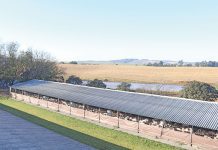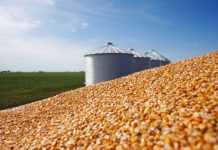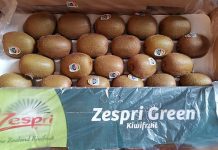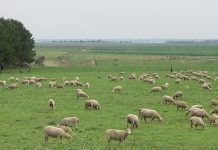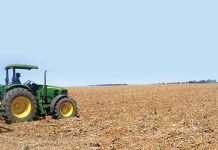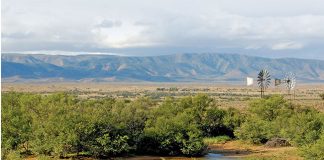Profit is easy to understand. Take the amount of money you’ve earned from your farming (your income). Then subtract the money it has cost you to operate your business (your expenditure). What’s left is your profit.
For example, to cultivate 1ha of maize, you might need:
32kg seed – R 480
200kg fertiliser – R 900
Two hoes – R 180
Hired labour – R 750
Total expenditure = R2 310
Assume you harvested 4t of maize and sold it for R1 275/t. Your total income would therefore be: R1 275 x 4 = R5 100.
So your profit would be:
Income minus expenditure, that is R5 100 – R2 310 = R2 790.
It’s extremely important to spend your profit wisely, and to plan ahead carefully. In addition to paying for food, clothing, transport, schooling and any loans you might have, you must use some of your profit to buy seed, fertiliser and labour for your next crop! So, put money aside for this as soon as possible after you are paid.
Better still, buy your seed and fertiliser immediately so you are not tempted to spend the money on something else. If you don’t put enough of your profit aside to keep your business going, you will not be able to grow enough crops next time – and poverty will result.
To find out more about Foundations for Farming, please visit www.foundationsforfarming.org.

